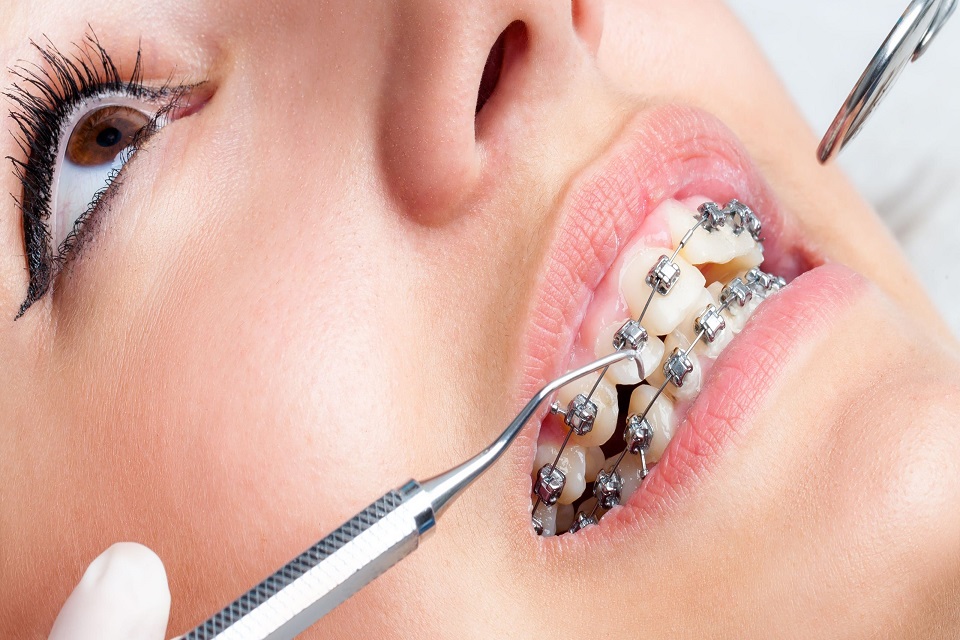Malocclusion indicates a condition when dentition arrangements get crooked or misaligned due to various reasons. Such improper occlusion poses many challenges like chewing, smiling, and brushing, along with perils to oral health. Without proper rectification, such cases will exacerbate. To avoid this, dental braces pose a definite solution to fix this misaligned bite, apart from improving facial aesthetics. It applies constant pressure to force a dentition to its proper position. Once fixed, people can get retainers to avoid any kind of relapse. Patients can fix their teeth irregularities from some general dentists or orthodontists.
Types of Devices
Problems of every patient differ from one another. So, practitioners administrate sufficient devices by evaluating their condition. That appliance may consist of brackets and wires, while others will have only archives for movement. There is also Invisalign aligners which are virtually invisible and is more suitable for individuals more concerned about their appearance.
Working Process
Correctional devices apply constant pressure in its entire application period. This forces dentition to move into a new position, as happens the bone structure also improves its position. Appliances use various components to move teeth in a specific position. At first, is brackets. These square-shaped plastic parts are bonded to enamel surfaces using resin cement. They act as a guide for archwires that improve occlusion. Based on their preference, patients can choose between plastic and ceramic materials.
As an anchor for brackets, orthodontist cements bands that are tooth-coloured. They wrap around each dentin providing sufficient pressure on each of them. Between these bands, spacers are located, their work is to maintain space between teeth while other parts fix irregularities. Buccal tubes hold archwires in place, and it is bonded to an end tooth with elastic or rubber hooks.
To correct more severe discrepancies, patients are provided with facebow headgears. These appliances have external brackets attached to a band. This strap is positioned around the head, while plastic or stainless steel retainers are fixed to an occlusion. Based on their condition, individuals can discuss such options with their orthodontist during clinical evaluations.
Time Required
On average, patients need to wear braces for at least one to three years. But this time varies based on several factors, such as condition severity, movement distance, supporting bone structures, and instructions followed by patients. If their condition isn’t rectified in that time, orthodontists may suggest three to four months of additional wearing.
Aftercare
Once devices are removed, patients need to undergo another set of dental checkups which includes oral cleaning, taking X-rays, and mold impressions. These scans help to assess the straightness achieved from a device. They will also check for any wisdom tooth development and if they found any, they will remove it promptly.
Orthodontists will also fix retainers to prevent a dentition from relapsing to its old position. These custom made removable devices are fabricated using plastic materials. Patients need to water them for the first six months. These can also be used for some minor corrections. Their six-month time frame may vary based on a certain condition. Wearing these retainers makes for a successful straightening process.
Final Takeaway
Malocclusion indicates a condition when dentition arrangements get crooked or misaligned due to various reasons. Such improper occlusion poses many challenges like chewing, smiling, and brushing, along with perils to oral health. Without proper rectification, such cases will exacerbate. To avoid this, dental braces pose a definite solution to fix this misaligned bite, apart from improving facial aesthetics. It applies constant pressure to force a dentition to its proper position. Once fixed, people can get retainers to avoid any kind of relapse. Patients can fix their teeth irregularities from some general dentists or orthodontists.


